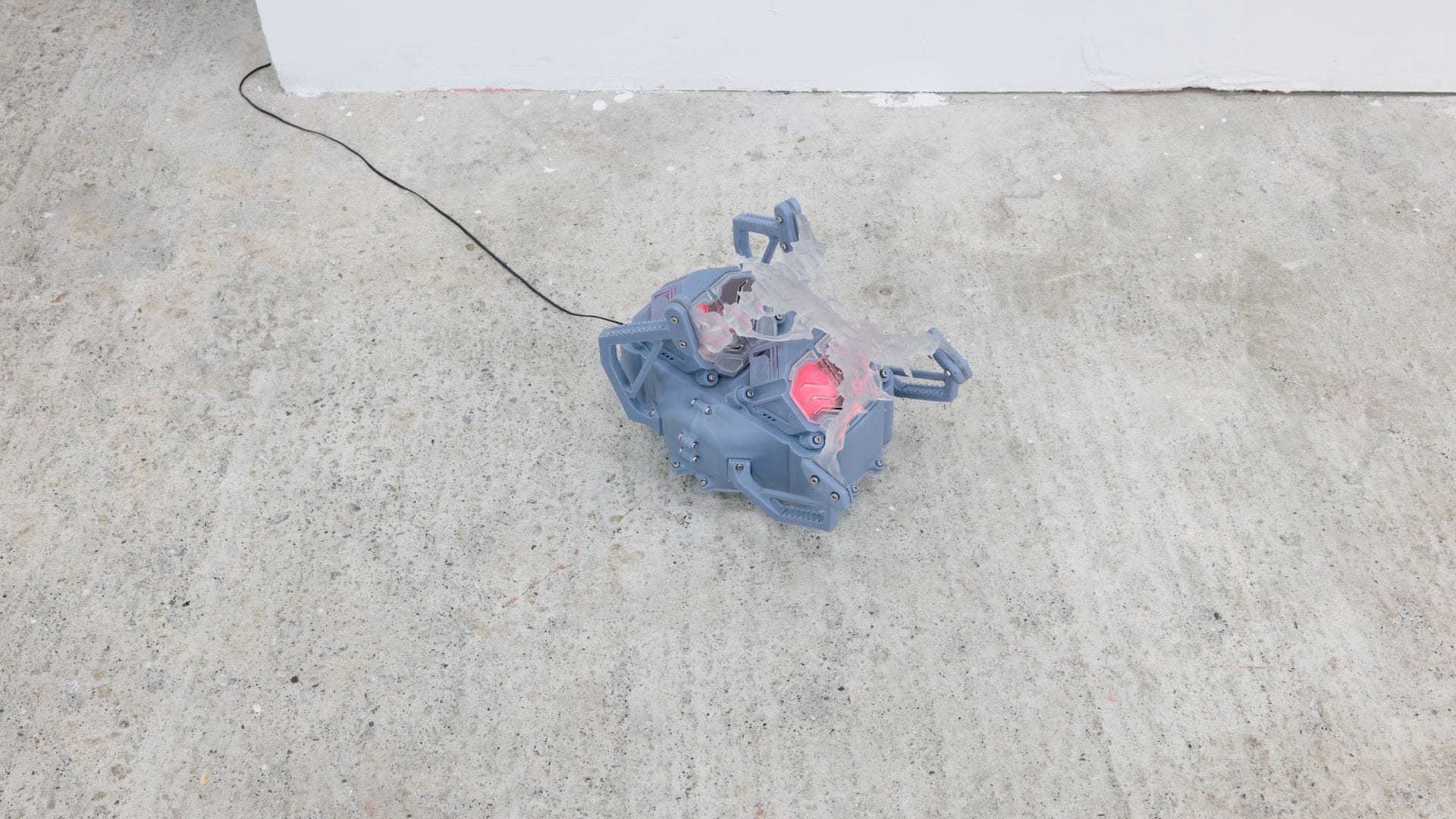
Underneath the Paving Stone at Lunds konsthall, Lund
Underneath the Paving Stone by Lygia Clark, Anders Hergum, Valérie Jouve, Yuko Mohri, Kasra Seyed Alikhani, Anne Tallentire, and Carla Zaccagnini, curated by Karin Bähler Lavér, at Lunds konsthall, Lund, 20 September 2025 – 18 January 2026.
We enter through fissures. Not metaphorical ones, real cracks, imagined splits in stone and order. “Sous les pavés, la plage!” the May ’68 slogan reminds us: beneath the paving stones, the beach. The exhibition’s title, Underneath the Paving Stone, functions as both a battle cry and a lens, urging us to look beneath the visible, beneath the structure, beneath the illusion of stability. What lies beneath our feet isn’t just sand, it’s potential. And potential, we are reminded, is political.
From the moment we cross the threshold of Lunds konsthall, a subtle sense of destabilization settles in. The works breathe in quiet opposition. There is no noise, no spectacle. Sculptures, installations, and photographs coexist with restraint, like ruins waiting to be re-read. The air is still, but charged, as if the walls themselves were listening. Visitors move slowly. The rhythm is contemplative, as though each step might reveal something buried.
Karin Bähler Lavér’s curatorial hand is evident in the spatial dialogues she crafts between generations and geographies. Lygia Clark’s presence, ghostly, foundational, speaks across time with contemporary voices such as Anders Hergum and Kasra Seyed Alikhani. Their works don’t clash, they resonate. The architecture of the exhibition becomes a scaffold for rupture: materials are displaced, structures inverted, images untethered from their usual contexts.
Here, materials are never neutral. Anne Tallentire’s assemblages, made of found objects and residual traces, seem to archive impermanence itself. Valérie Jouve’s photography resists the documentary impulse, it fractures time and space instead. Yuko Mohri’s kinetic gestures transform invisible forces into audible whispers. There is humour too, often satirical, never mocking, hinting at pastiche and parody as modes of resistance. Pastiche here is a scalpel, not a mask.
Throughout the gallery, the theme of infrastructure, both physical and social, threads its way quietly. What holds a society together, and what makes it fall apart? Each work draws attention to what we normally overlook: wires, pipes, the institutional seams we pretend not to see. These works don’t shout rebellion, they whisper the unspoken, the unfinished, the in-between. They examine power not through spectacle, but through absence.
A fragment of concrete floats just above the floor, impossibly suspended. Or was it memory? The exhibition lingers like the metallic aftertaste of an idea, or the echo of a distant siren. Let solidarity be a fracture.







fakewhale
Founded in 2021, Fakewhale advocates the digital art market's evolution. Viewing NFT technology as a container for art, and leveraging the expansive scope of digital culture, Fakewhale strives to shape a new ecosystem in which art and technology become the starting point, rather than the final destination.
You may also like
Fakewhale Studio: INTERLACED OBJECTS
INTERLACED OBJECTS, Fakewhale Studio, 07.08, 07.09.2025, NEW YORK (SERVERS) What remains of an a
Fakewhale in dialogue with Marlon Nicolaisen
Marlon Nicolaisen‘s practice focuses on a wide range of themes that span the digital and nat
Observing and Being Observed: The Unstable Aesthetics of Einschub
In an era where perception is constantly mediated by screens, reflections, and recordings, Jasper Ma




